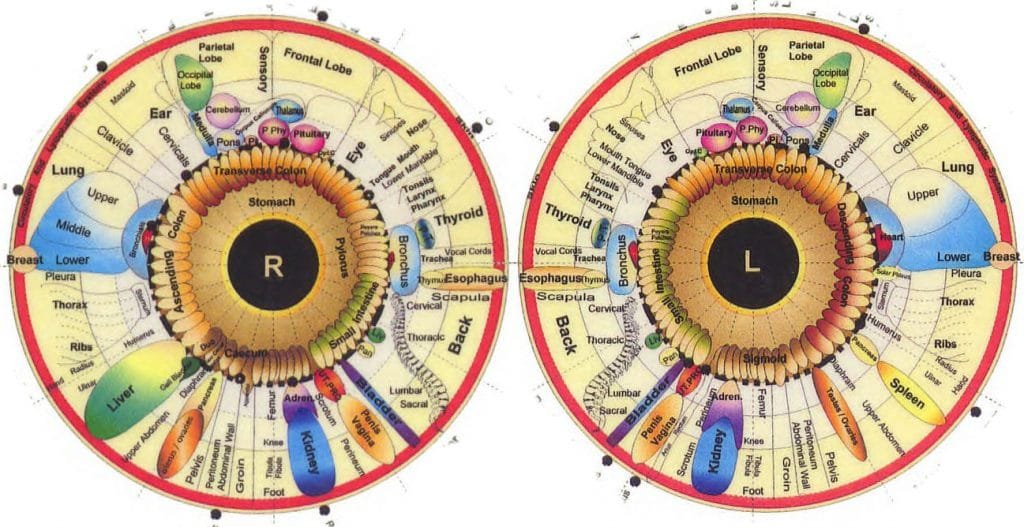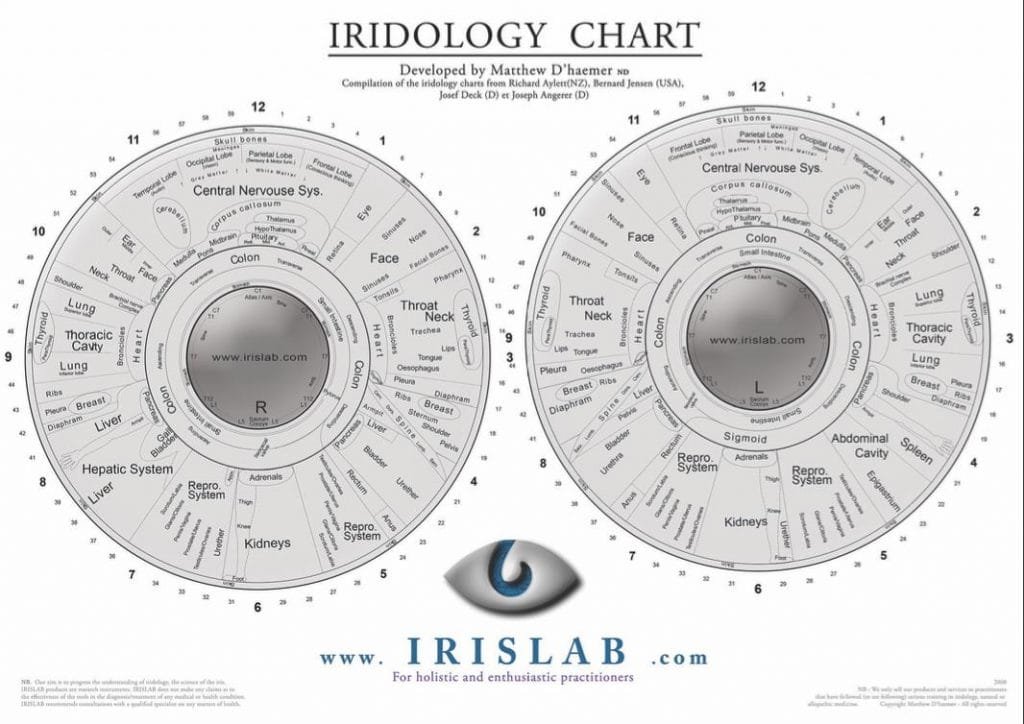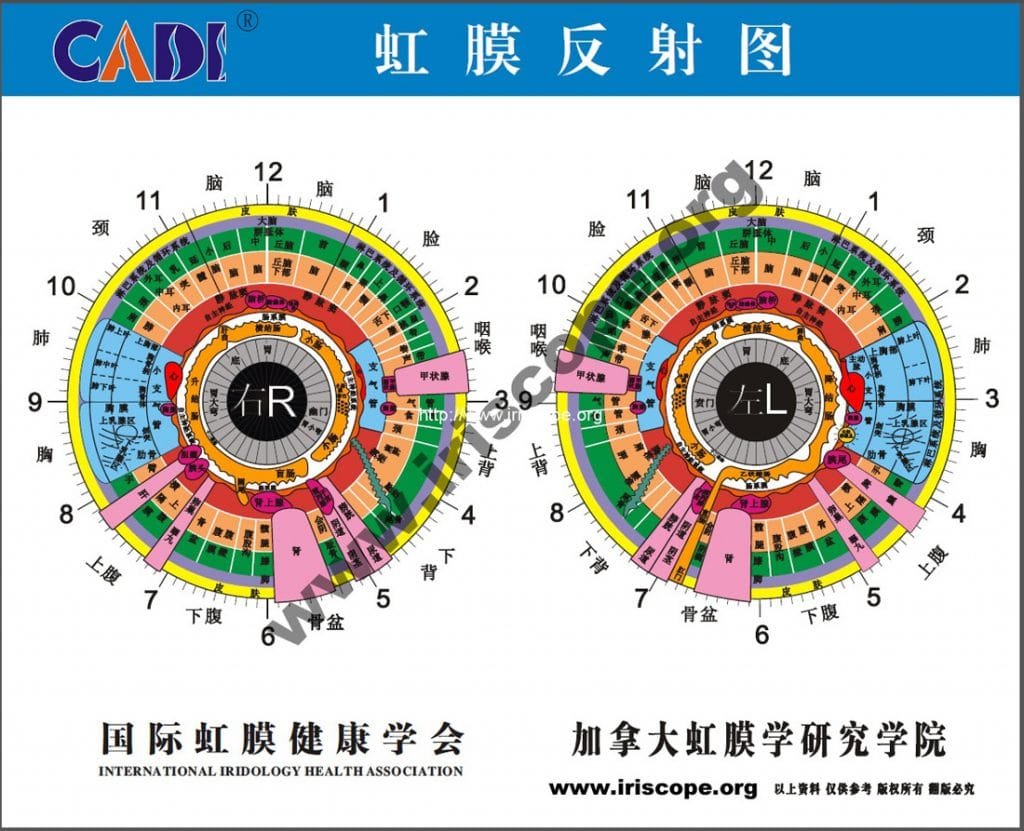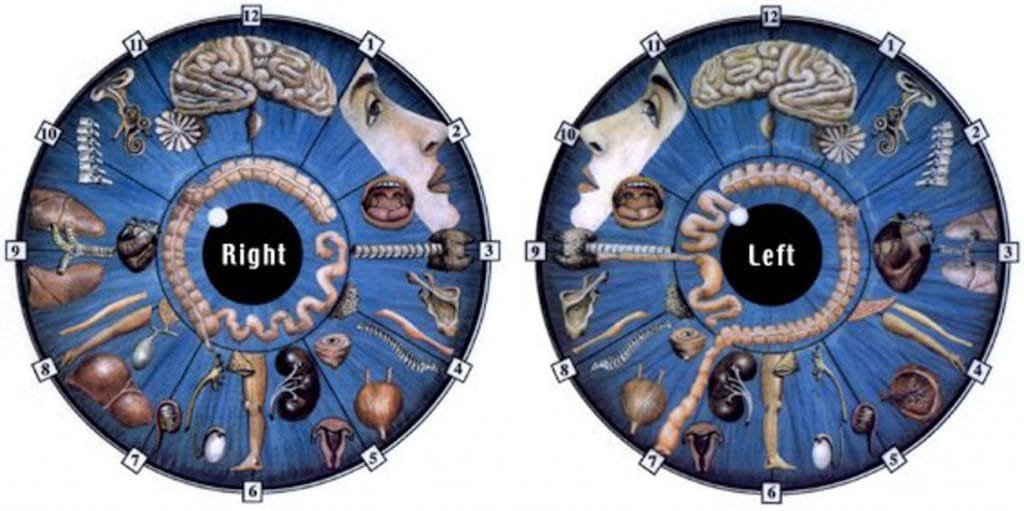Ce este graficul de iridologie?

diagramă iridologie cum se citește

diagramă iridologie cum se citește

diagramă iridologie cum se citește

diagramă iridologie cum se citește

diagramă iridologie cum se citește

diagramă iridologie cum se citește

diagramă iridologie cum se citește

diagramă iridologie cum se citește

diagramă iridologie cum se citește

diagramă iridologie cum se citește

diagramă iridologie cum se citește


diagramă iridologie cum se citește

diagramă iridologie cum se citește
Ce este iridologia?
WHAT IS IRIDOLOGY ?-When people are asked what they look at first when they notice an attractive person, several answers come to mind; some say they notice how a person walks or what a person is wearing. Some notice the perfume or cologne they wear, some take notice of the type of body, or the color and style of hair. However a great proportion of people notice the eyes of a person, for the eyes are often described as the windows to our soul. When we look at people’s eyes, we can often determine whether people are lying, whether they are angry or whether they are in love. We often can tell whether people are tired or not feeling well because the eyes will appear dull or lack the usual sparkle when people are not in the best of health. The eye is not only the window to our soul; the eye is a map to our body.
iridology reading chart
iridology how to read eyes
cum să citești diagrame de ochi de iridologie
diagramă iridologie cum se citește
Iridologia sau diagnosticul iris, așa cum se numește adesea este o metodă folosită în medicina alternativă pentru a analiza starea de sănătate studiind culorile, mărcile și semnele în iris, elev și sclera ochiului.
Ați observat vreodată că apar adesea nori sau semne în irisul ochilor și acestea se schimbă adesea în funcție de starea de sănătate sau vârstă? Ați observat că ochiul stâng este diferit de ochiul drept? Dacă aveți, felicitări, deoarece mulți oameni cred că culoarea ochilor lor rămâne aceeași toată viața.
După ce am studiat mii și mii de irisuri în detaliu de -a lungul mai multor ani, am avut ocazia să observ aceste schimbări în irisuri, elevi și sclera de ochi și am ajuns la concluzia că ceea ce este dezvăluit în ochi, oglindește starea de sănătate a întregului nostru corp. Așa este, irisul ochiului este de fapt o hartă în care fiecare loc reprezintă un organ sau un sistem al corpului diferit.

Cum a început iridologia?
Iridologia datează de sute de ani, dar prima hartă a Iris a fost dezvoltată a fost la începutul anilor 1800 de un medic numit Ignatz von Pezcely în Ungaria. Este cunoscut ca tatăl iridologiei. În copilărie, se scrie că a capturat o bufniță rănită în curtea lui care avea un picior rupt. El a observat într -unul dintre ochii săi că există o linie neagră, dar când piciorul s -a vindecat, a apărut o marcă albă acolo unde se afla marca întunecată. Acest incident a început un interes de-a lungul vieții și un studiu al iridologiei. De atunci, mulți oameni de știință, medici și profesioniști din domeniul sănătății din întreaga lume au studiat iridologia. Iridologia este predată în țări precum America, Australia, Germania și Rusia, unde chiar și medicina modernă a început să ia act.
O carieră în iridologie
Mulți medici, vindecători, terapeuți naturali și oameni laici au decis pentru o carieră în iridologie. Iridologii au o mare cerere în întreaga lume, deoarece pacienții caută din ce în ce mai mult modalități alternative de a găsi cauzele problemelor lor de sănătate. Medicina modernă are, din păcate, limitările sale și multe tehnici de diagnostic, cum ar fi testele de sânge și razele X sunt adesea dureroase, invazive și transportă cu ele un anumit grad de risc. O examinare de iridologie este o metodă absolut sigură, non-invazivă, nedureroasă și fiabilă de a obține informații despre starea de sănătate a unui individ și una dintre puținele metode reale pentru a vizualiza toate organele și sistemele corpului în ansamblu și modul în care interacționează între ele. În ultimii ani, iridologia și medicina naturală au arătat o creștere incredibilă ca opțiune de carieră din întreaga lume. Potențialul este fantastic și iridologie în combinație cu alte metode naturale de vindecare, cum ar fi nutriția, homeopatia, medicina pe bază de plante sau terapia cu vitamine și minerale, oferă o soluție eficientă la rata crescândă a problemelor de sănătate cronică.
grafic de iridologie Cum să citești?
Tip cu ochi albaștri (german: limfatic)
Descriere-guler alb (coroană nervoasă autonomă), culoare albastră solidă sau gri/albastru, fără decolorare sau psora (pigmenți). Legat de culoarea primară albastru și aspectul spiritual al sănătății. Tendință puternică față de constituția flegmatică occidentală (apă) și apa chineză, constituțiile metalice.
Tendințe
Acesta este “pur” Ochi albastru care se găsește în descendența europeană a oamenilor. De obicei, însoțește o dispoziție flegmatică clasică, ceea ce înseamnă că persoana este predispusă la tulburări limfatice și afecțiuni de catar. Acest lucru se datorează probabil în parte faptului că oamenii de origine europeană sunt frecvent consumatori grei de produse lactate. De asemenea, se crede că oamenii cu ochi albaștri au o tendință mai mare de a acumula acid uric în corpul lor și de a avea probleme la rinichi. Sistemele de corp și părțile la care acești oameni trebuie să acorde o atenție deosebită sunt următoarele: zonele membranei Mucus (tractul respirator superior, bronhiolele, vilele plămânilor, tractul digestiv și tracturile uro-generale), țesuturile limfatice (amigdale, apendice, splină și noduri limfatice) și membrane ale articulațiilor.
Problemele de sănătate găsite în mod obișnuit la persoanele cu constituție limfatică includ următoarele: probleme sinusale, dureri în gât, amigdale, apariție, bronșită, astm, ganglioni limfatici umflați, catar de piele (eczema și mătreață), slăbiciune a rinichilor, artrită și reumatism.

Tip cu ochi mixți (germană: biliar)
Descriere-discolorații sau psora (pete medicamentoase) deasupra unui fundal albastru (structura fibrei este vizibilă prin culoare). Legat de culoarea primară galben și aspectul mental al sănătății. Tendință puternică față de lemnul chinezesc, constituțiile pământului și constituția aerului occidental.
Tendințe
Ochiul mixt albastru/maro a fost legat de iridologi cu o dispoziție la probleme biliare sau hepatice (ficat). Se crede că colorațiile deasupra ochiului albastru sunt un semn de toxicitate în corp din cauza problemelor digestive. Când pigmentarea este concentrată în jurul centrului ochiului, aceasta este legată în special de tulburări digestive. Problemele cu ficatul și alte organe digestive pot duce la dezechilibre suplimentare în sistemele glandulare și circulatorii. Sistemele corporale și organele pentru a acorda o atenție deosebită sunt următoarele: sistemul digestiv (stomacul, pancreasul, vezica biliară și în special ficatul) și tractul intestinal.
Probleme comune de sănătate Iridologii asociați cu acest tip sunt: hipoglicemie, PMS, indigestie, calculi biliari, constipație, gaz, toxicitate a tractului digestiv, furie și/sau depresie, dificultăți de a ajunge la somn urmate de dificultăți de trezire a dimineții, a greaței, a rigidității și a accentului, a durerilor de cap (în special a migrainelor), a aterizărilor alimentare, a aterizărilor sezoniere și a candidei.

Culori
Culorile au un sens puternic în acest tip de ochi:
Galben de paie: se referă la rinichi și sugerează o funcție renală slabă.
Neon Orange: se referă la pancreas și sugerează o tendință la dezechilibrele zahărului din sânge și probleme cu digerarea (metabolizarea) carbohidraților.
Portocaliu murdar: se poate raporta fie la pancreas, fie la vezica biliară. Sugerează o anumită tendință ca portocaliu neon, dar poate sugera, de asemenea, probleme de vezică biliară. Căutați alte semne de probleme ale vezicii biliare (mărci în zona vezicii biliare sau depozite grase în alb.)
Maro închis: legat de funcția hepatică.
Redush Brown: sugerează descompunerea sângelui și nevoia de a lucra cu purificarea sângelui și construirea. Probleme posibile cu ficat, splină și măduvă osoasă.
Tip de ochi maro (germană: hematogenă)
Descriere ochi bruni cu piguri cu pigmenți care acoperă structura fibrelor irisului. Legat de culoarea primară roșu și aspectul fizic al sănătății. Probabil tipuri constituționale chineze: foc și pământ. Probabilitatea legată de constituțiile de foc occidental și de pământ.
Tendințe
Ochii căprui puri sunt dificil de citit pentru iridologi, deoarece un strat de pigment acoperă complet structura fibrei ochiului. Cu toate acestea, iridologii au remarcat unele caracteristici generale ale oamenilor cu ochii căprui. În primul rând, par a fi pre-dispuse la dezechilibre în compoziția sângelui și, prin urmare, la tulburările de sânge. S -a sugerat că au o posibilă incapacitate inerentă de a stoca livrări adecvate de minerale. Este posibil să aibă în special probleme cu metabolismul calciului. Sisteme și organe specifice pentru a acorda o atenție deosebită sunt: sistemul circulator (inimă, sânge, vase de sânge), organele care fac sânge (ficat, splină, măduvă osoasă), sistemul digestiv și glandele endocrine.
Problemele obișnuite de sănătate întâmpinate de oamenii cu ochii căprui includ: anemia, întărirea arterelor, toate tipurile de boli de sânge, constricția și întărirea țesutului limfatic, posibile leucocite reduse în sânge, probleme digestive, deficiențe minerale și descompunerea timpurie a glandelor endocrine.







































